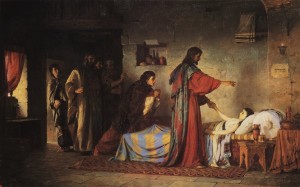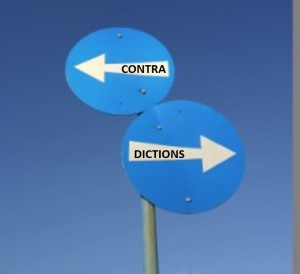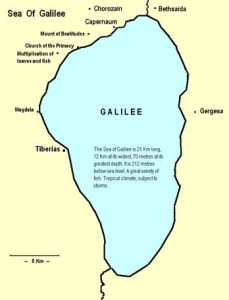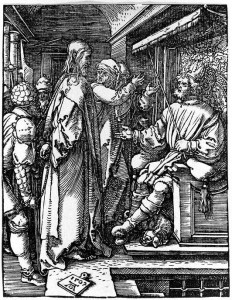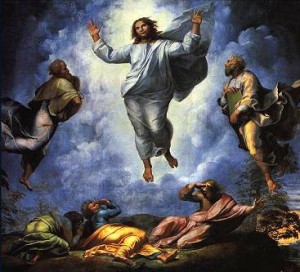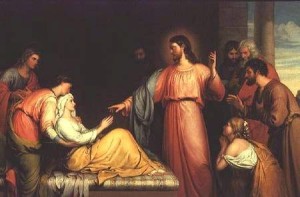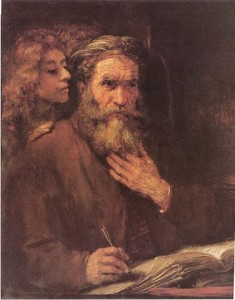![]() In this short article, we tackle yet another alleged error in the Gospel of Mark (and address the same “error” in Matthew’s gospel, as well). Let’s dive right in by reading the first verse in question, Mark 10:1 (NIV):
In this short article, we tackle yet another alleged error in the Gospel of Mark (and address the same “error” in Matthew’s gospel, as well). Let’s dive right in by reading the first verse in question, Mark 10:1 (NIV):
Jesus then left that place [Capernaum, in Galilee] and went into the region of Judea and across the Jordan. Again crowds of people came to him, and as was his custom, he taught them.
Some critics have argued that this verse contains a geographical error because it says that Jesus went from Capernaum, across the Jordan, and into Judea. That’s impossible, we are told, because Judea is not actually across the Jordan river from Capernaum…They’re both on the same side of the river. Continue reading

